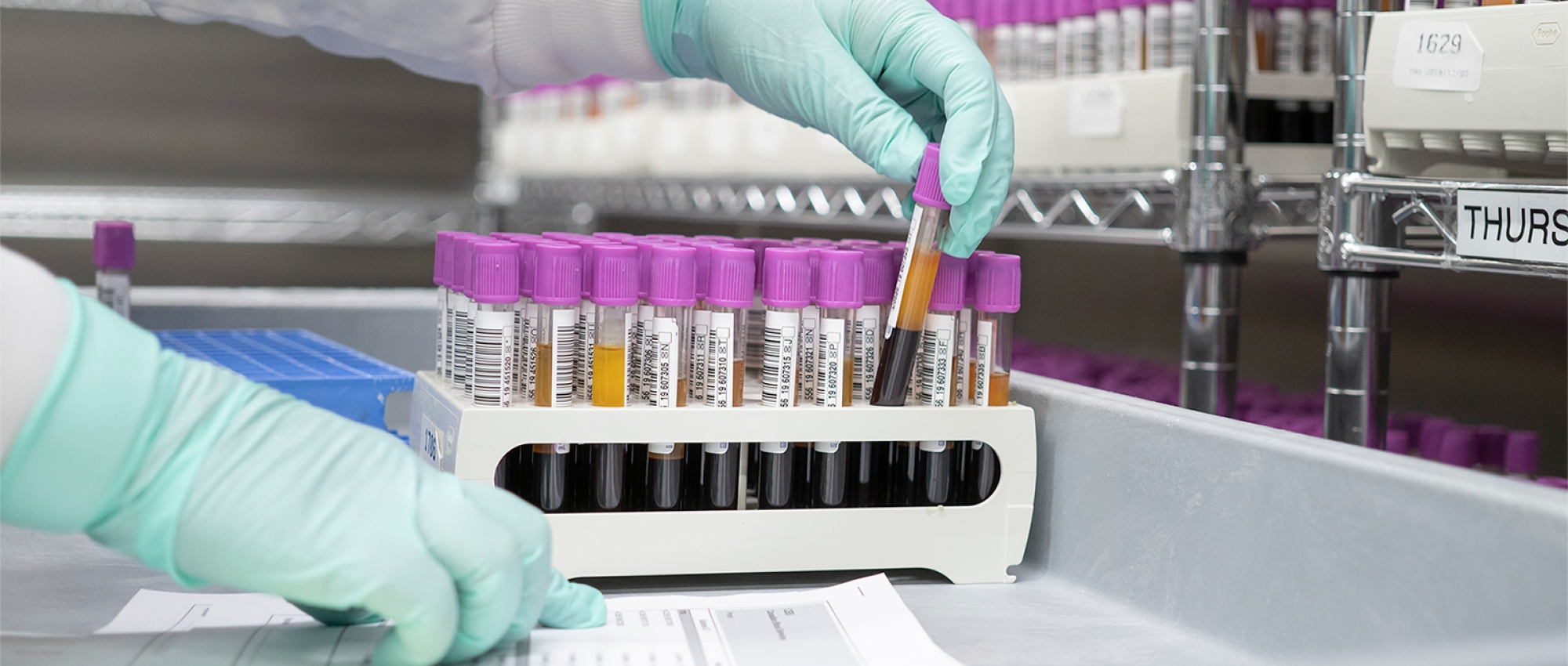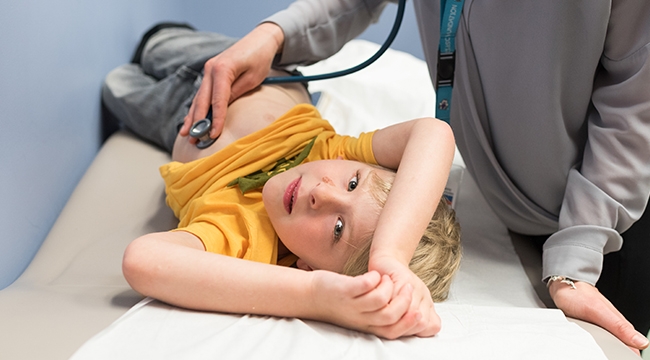Why you won’t get COVID-19 from a blood transfusion
There’s no evidence the respiratory virus can be transmitted by blood
Updated Nov. 16, 2021
COVID-19 is primarily a respiratory virus, with potential to infect the digestive system as well. People can get infected when they inhale or ingest the virus, but not via a blood transfusion.
“There is absolutely no evidence of transfusion transmission for COVID-19, or any other coronavirus,” says Dr. Steven Drews, associate director of microbiology at Canadian Blood Services. “This family of respiratory viruses just doesn’t appear to be transfusion-transmitted.”
This also applies to other coronaviruses such as severe acute respiratory syndrome (SARS), Middle East respiratory syndrome (MERS), and the unrelated influenza viruses.
How viruses work
Viruses need to find host cells, which they invade and use to replicate themselves. Once they’ve invaded, they use the cell’s infrastructure to copy their genetic instructions and create new virus particles, called virions, which then break out of the host cell to repeat the cycle.
Viruses rely on “binding sites” on their host cells, proteins which allow them to attach and invade. The binding sites for COVID-19 are located in the respiratory tract, especially the lower lung, and the digestive system. There is no evidence this coronavirus targets blood cells, or even uses plasma to move around and invade other organs.
Why COVID-19 can’t be transmitted by blood
Blood cells don’t have the binding sites COVID-19 is looking for. The virus is focused on attacking the respiratory and digestive systems.
Tests for COVID-19 aren’t blood tests, they’re tests for viral genetic material done on respiratory specimens such as a throat swab or sputum sample. These tests may be supported by medical imaging, as well as by looking at symptoms.
Based on what we know now, the odds of receiving blood from an infected donor are miniscule
In 2020, Canadian Blood Services collected data daily and used it to inform advanced modelling to make the best decisions in response to COVID-19. These models looked at the likelihood of collecting blood from a donor infected with the virus. We also reviewed the literature from other blood operators.
“Based on our models, and a review of other studies, there’s an extremely low chance we’d collect blood from an infected person and there is no current evidence that SARS-CoV-2 is transfusion-transmitted,” says Dr. Drews.
By extremely low, he means extremely low.
“Based on very conservative estimates we’ve done, we’re looking at odds of one in 100 million chance of collecting a blood donation containing the virus,” he says.
In conclusion, there’s no evidence COVID-19 can be transmitted by blood, and even so, at this point the odds of us collecting blood from an infected individual are at worst one in 100 million.



